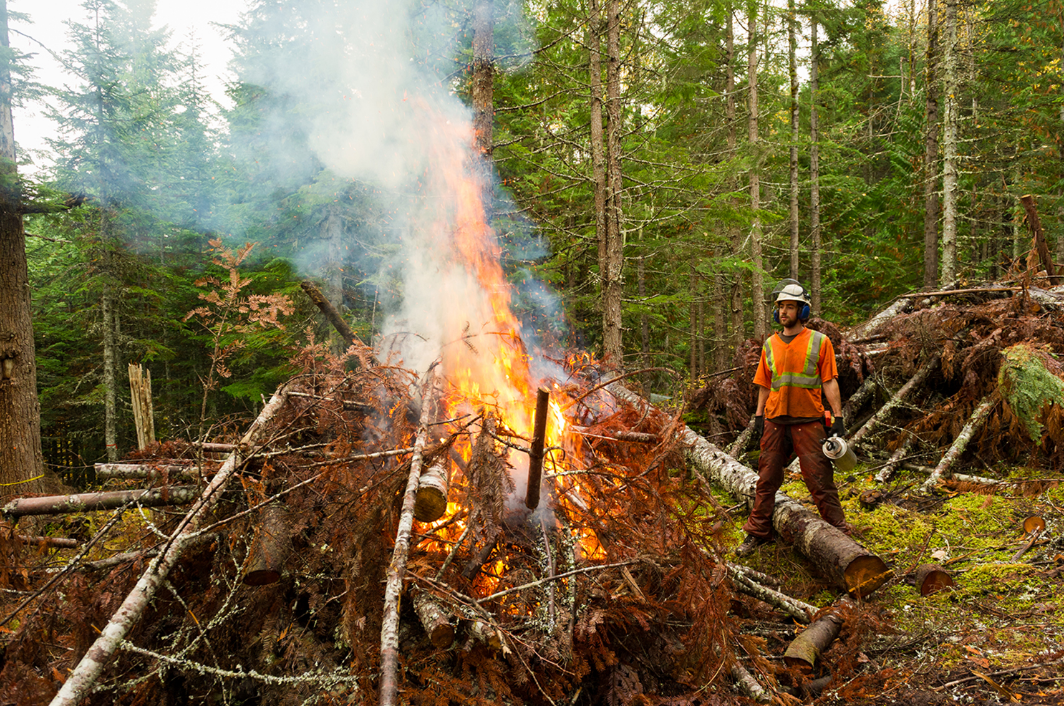精准控制燃烧,保护生态也守护健康

All fires, whether accidental or planned, produce smoke that can cause health and breathing issues, especially in nearby communities. In a recent study, however, scientists at Stanford University suggested ways to perform controlled burns with greatly reduced health implications. “There is clearly potential for improving controlled burn procedures, such that the health impact is reduced,” said Karl Töpperwien, who is the lead author. “We can essentially kill two birds with one stone — protect ecosystems while simultaneously protecting communities that would be otherwise at risk.”
To bring this new method to fruition, Töpperwien’s team collaborated with medical researchers, physicists, and chemical researchers. They built a laboratory-sized burning room where they burned samples of Eastern White Pine, one of the most common trees. Adjusting the moisture (湿度), heat, and oxygen level of the fires, the researchers conducted controlled burn experiments in their lab.
Their experiments revealed that fine-tuning three conditions can reduce PAH emissions by up to 77%. PAHs can cause cancer, lung damage, and lead to weakened immunity in those who breathe in smoke. The first condition concerns the moisture content of the fuel. They found that the wood should have a moisture content of 20-30% — too dry and it burns too fast, producing more smoke, but too wet and it smolders (闷燃), emitting high levels of PAH. Second, the heat intensity of the fire needs to be between 60-70 kW/m². Different levels of heat load promote different chemical reactions, which ultimately form PAHs: adjusting in the heat means finding the ideal condition where the least PAH is formed. Finally, the fires need to burn with oxygen levels of 5-15%. Too little oxygen can cause inefficient burns, leading to too much smoke, while too much oxygen can make a fire burn uncontrollably.
These three burn factors can effectively make controlled burns safer and cleaner for the environment and for communities living near fire-prone regions.
Ultimately, the question is whether these laboratory fires can be replicated in real-life controlled burns. “There will be some limitations to upscaling (大规模应用) this, but I clearly see a path towards making this technique more workable for a broader range of environmental conditions,” said Töpperwien.
原创编写 版权所有 侵权必究! 每日更新 个性化阅读 英语飙升!

